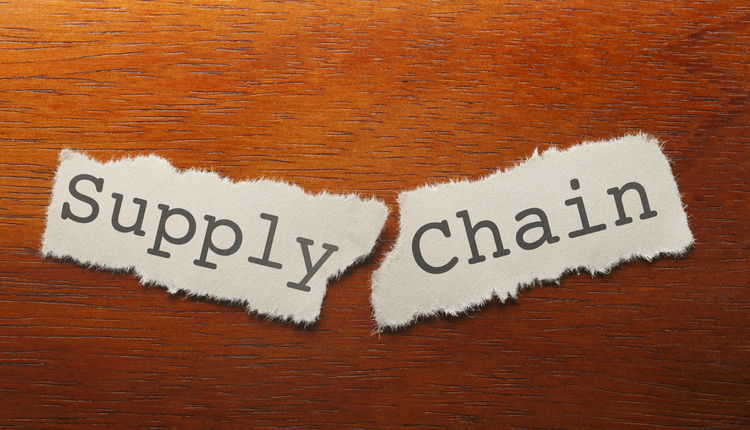The rise in e-commerce is resulting in transportation carriers redrawing networks and offering new services focusing on the last mile.
According to the US Census, total e-commerce sales for 2021 were estimated at $870.8 billion, an increase of 14.2% from 2020 and 44.7% from 2019. In terms of the last mile, the growth of e-commerce has come from both big and small packages.
Businesses are shipping smaller quantities of freight and parcels more frequently, giving logistics professionals more to manage in increasingly complex networks. And it's a pricey business for everyone involved.
Overwhelmed with the growth in big packages, UPS and FedEx implemented surcharges to mitigate costs associated with handling them. Small parcel sorting facilities are equipped to handle packages up to a specific size and width; however, as more big and bulky items such as exercise equipment, pet food, appliances, and home decorations were purchased online, less-than-trucking (LTL) providers stepped in.
"Retail is becoming a bigger part of LTL," which has historically drawn most of its freight from industrial sources, Satish Jindel, president of the consulting firm, Shipmatrix, told the Journal of Commerce in a 2021 interview.
Shipments that may have once required one truckload move are now being broken up into smaller quantities of freight that need to be moved more frequently. As such, there is a graying of the lines between parcel and LTL providers, and it starts in the middle mile.
Both types of providers require a strong fulfillment network close to the final customer. According to Jonathan Kletzel, transportation and logistics partner at consulting firm PwC, "I see LTL as being a critical enabler of local fulfillment for companies that want to compete with some of the national brands. To be successful, they will need to serve local fulfillment through more direct, smaller loads to be able to better manage local inventory, especially for slower-moving SKUs."
Given the current environment of tight capacity and high rates across the supply chain, we're seeing a rise in retailers investing in logistics capabilities as well as LTL acquisitions by other logistics providers.
For example, in 2020, Costco acquired Innovel Solutions, a provider of big and bulky final-mile deliveries and white glove services. Renamed Costco Logistics, Costco's CFO, Richard Galanti, noted in its March 3,, 2022 quarterly earnings call that deliveries were up 22% year over year and represented 85% of its total e-commerce LTL shipments.
Meanwhile, truckload provider Knight-Swift Transportation Holdings moved into the LTL space in 2021 by acquiring LTL carrier AAA Cooper Transportation for $1.35 billion. "In seeking our first LTL partner, we had three main requirements – the scale for entry with significant market share, the profitability, and management depth to operate independently and provide a platform for compelling growth opportunities, and a world-class culture," Knight-Swift CEO, Dave Jackson said in the press release.
For shippers, the acquisition of AAA Cooper Transportation means that Knight-Swift now has a portfolio of both truckload and LTL services to manage the distribution of shipments from end-to-end, except for smaller parcels.
This is where technology plays a significant role. Major transportation management systems (TMS) are adding small parcel options alongside traditional trucking and other transportation mode options. This, in turn, allows the shipper to compare and determine the best rate and solution that suits their needs.
LTL and small parcel solutions are blurring thanks to the growth of e-commerce. Understanding what the different providers bring to the table will be necessary for shippers from a cost and solution perspective.
With over 25 years of supply chain experience, John Haber has helped some of the world’s leading brands drive greater efficiencies through their supply chain operations while reducing transportation, distribution and fulfillment costs. After a successful UPS career, John founded Spend Management Experts, now part of Transportation Insight. He uses his finance background combined with decades of experience working with high-volume shippers to offer unique insights on strategic supply chain planning including distribution model optimization, transportation cost analysis, and carrier contract optimization and compliance.
This article originally appeared in the March/April, 2022 issue of PARCEL.



















